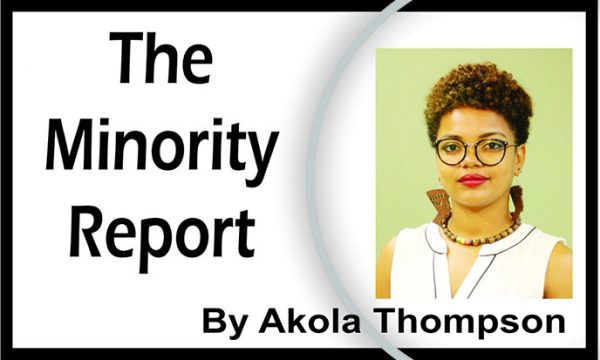
Given the globalised food economy wherein we are heavily dependent on imports and food businesses, this has resulted in food over the years shifting from being framed as sustenance or nutrition, toward a commodity that can be bought, sold and withheld. Private interest groups have successfully set the foundation for the way that the global food economy functions.
Evidence of the financialization of food is seen in its impacts, particularly as it relates to the exacerbation of inequalities amongst people based on their economic status and geographical locations. With the majority of Guyana’s poor living within its interior and being heavily reliant upon agriculture, they face significant threats.
“Despite the decline in the poverty rate, as many as 78% of the population living in the rural interior area are classified as poor, and 41% as critically poor,” (FAO, 2011). A study done by the FAO regarding populations most prone to food insecurity found these to be: subsistence farmers, small-scale miners, fisherfolk, low-wage earners, loggers, cane cutters, single-parent females, Indigenous Peoples, street children, and pensioners. This indicates that food insecurity is largely tied to the levels of poverty within rural interior areas. With the average poor Guyanese spending an estimated 50-60% of disposable income on foodstuff such as flour, rice, sugar, milk powder, canned meat and fish, and beverages, this figure can be even higher in rural interior communities, contributing towards under-consumption despite availability. These communities are also particularly affected given that their consumption habits have shifted significantly over the years from being self-sustaining, toward over-reliance on foods not produced within their communities. Traditional diets based on home produce were replaced with more energy-dense diets based on processed foods and beverages contributing toward the colonisation of traditional food diets with imported western ones.
This financialization also undermines the environment as shareholders/extractive industries are prioritised over the maintenance and health of food systems, resulting in moves that can be detrimental to the environment and those who rely upon it. This makes it very difficult for collective action around the protection of agricultural goods and lands, as people’s voices are matched against the economic benefits to be earned from the industrialization of the environment.
When food and interconnected climate crises happen, they are often framed as a failure within the system, but these failures are part and parcel of the capitalist economy. The system is not failing when there are sharp price hikes, increased poverty and environmental destruction. Rather, it is functioning as it was designed to. The relationship between nature and societal progression is large, but there is very little incentive for a shift from underinvesting in it, as environmental destruction, which is necessitated by industrial agriculture and extractive models, is built into the economy.
An example of this is seen in mining areas in Guyana which are mainly populated by Indigenous people who are largely involved in subsistence and small scale commercial agriculture. Given large scale investments into extractive industries however, the past few decades have seen the entrance of mining concessions into these areas, making the land unsuitable for agriculture and unsafe for the people. This causes an accumulation of wealth into the hands of those within these extractive industries, leading towards increased poverty and undernourishment. This growing insecurity has locally been explained as being a product of overpopulation, however scarcity is not a natural condition, but one that is created by the marketing of nature. As we continue to market nature for higher returns for the elites, the question needs to be asked, what does wealth mean in a country where the people starve?



